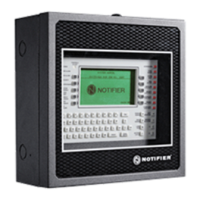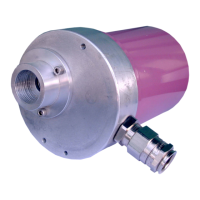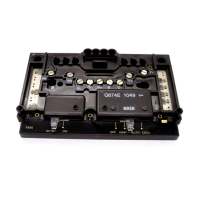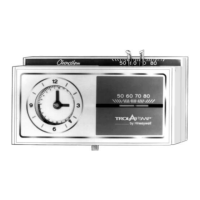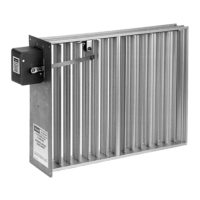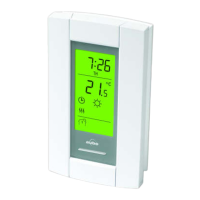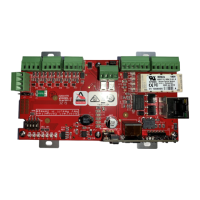R400 Experion PKS Series A Fieldbus Interface Module User's Guide 287
July 2010 Honeywell
8. Maintenance, Checkout, and Calibration
8.1 Adding, Removing and Replacing Components
About removal and insertion under power (RIUP)
REFERENCE - INTERNAL
Please review the Removal and Insertion Under Power (RIUP) Function
Guidelines in the Control Hardware Installation Guide before you RIUP any
module.
The removal of the CIOM-A FIM results in the loss of communications with both H1
fieldbus links.
The removal of an individual fieldbus device only breaks communications with that
device.
General procedure
We recommend that you proceed with extreme caution whenever
replacing any component in a control system. Be sure the system is
offline or in a safe operating mode.
Component replacements may also require corresponding changes
in the control strategy configuration through Control Builder, as well
as downloading appropriate data to the replaced component.
The direct replacement of a CIOM-A FIM of the same kind is just a matter of turning
OFF the chassis power supply, disconnecting the RTP cable, removing the existing
component, installing a new one in its place, connecting the RTP cable, and turning on
chassis power supply. You may also have to load its "personality" image firmware before
it can become fully operational. Must also reload the CIOM-A FIM from the Project tab
in Control Builder to restore operation.
If you are adding a fieldbus device, observe the following Guidelines for adding fieldbus
device to "live"/operating Link, if the Link is in-service, follow the installation
instructions for the component and then configure it through Control Builder to integrate
it with your control strategy. See the previous procedure for Checking live list and
interacting with uncommissioned devices for more information about including a device
in the system.
If you are removing and/or replacing a fieldbus device, proceed with extreme caution.
You may have to delete, restore, and/or create all hardware connections and the control

